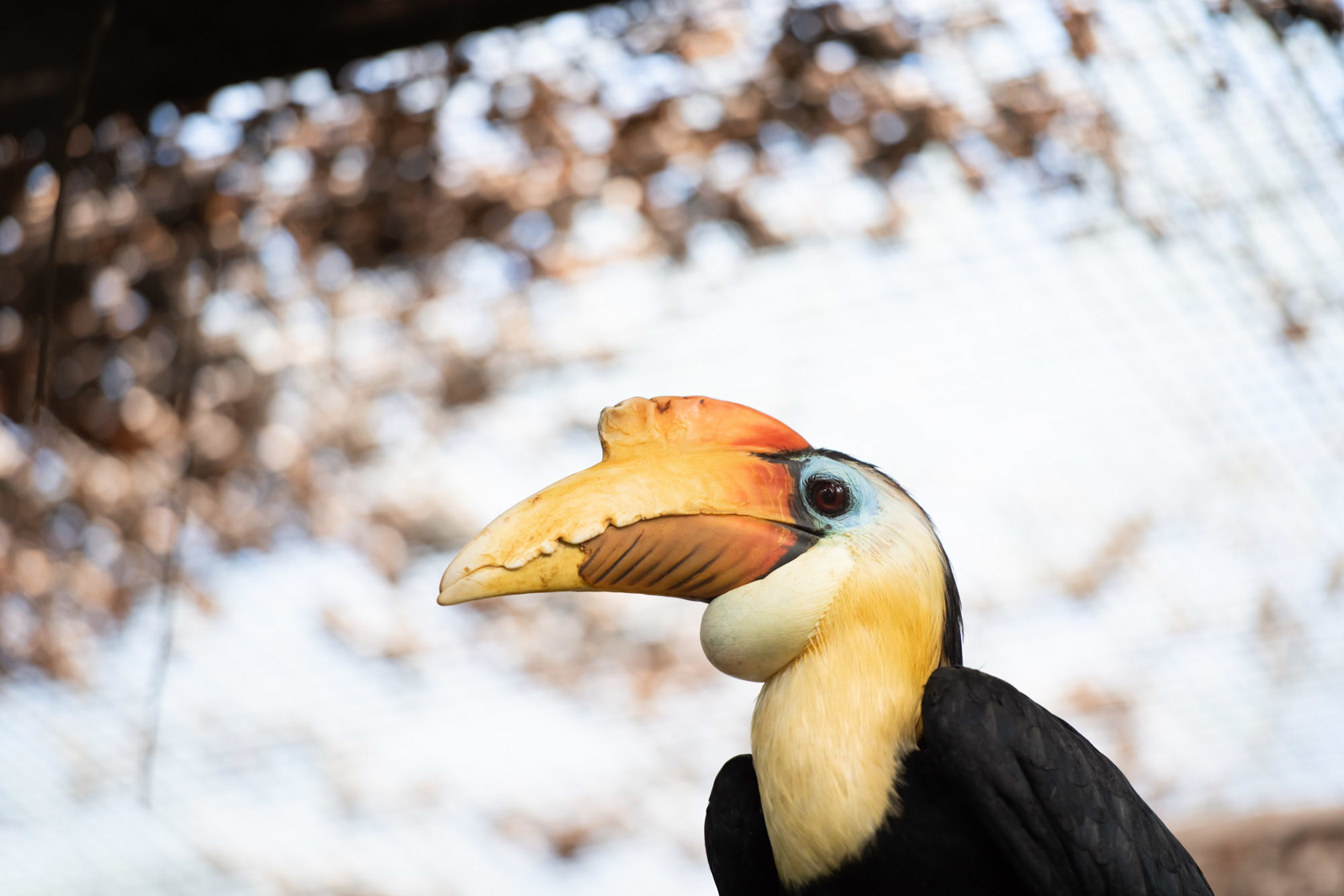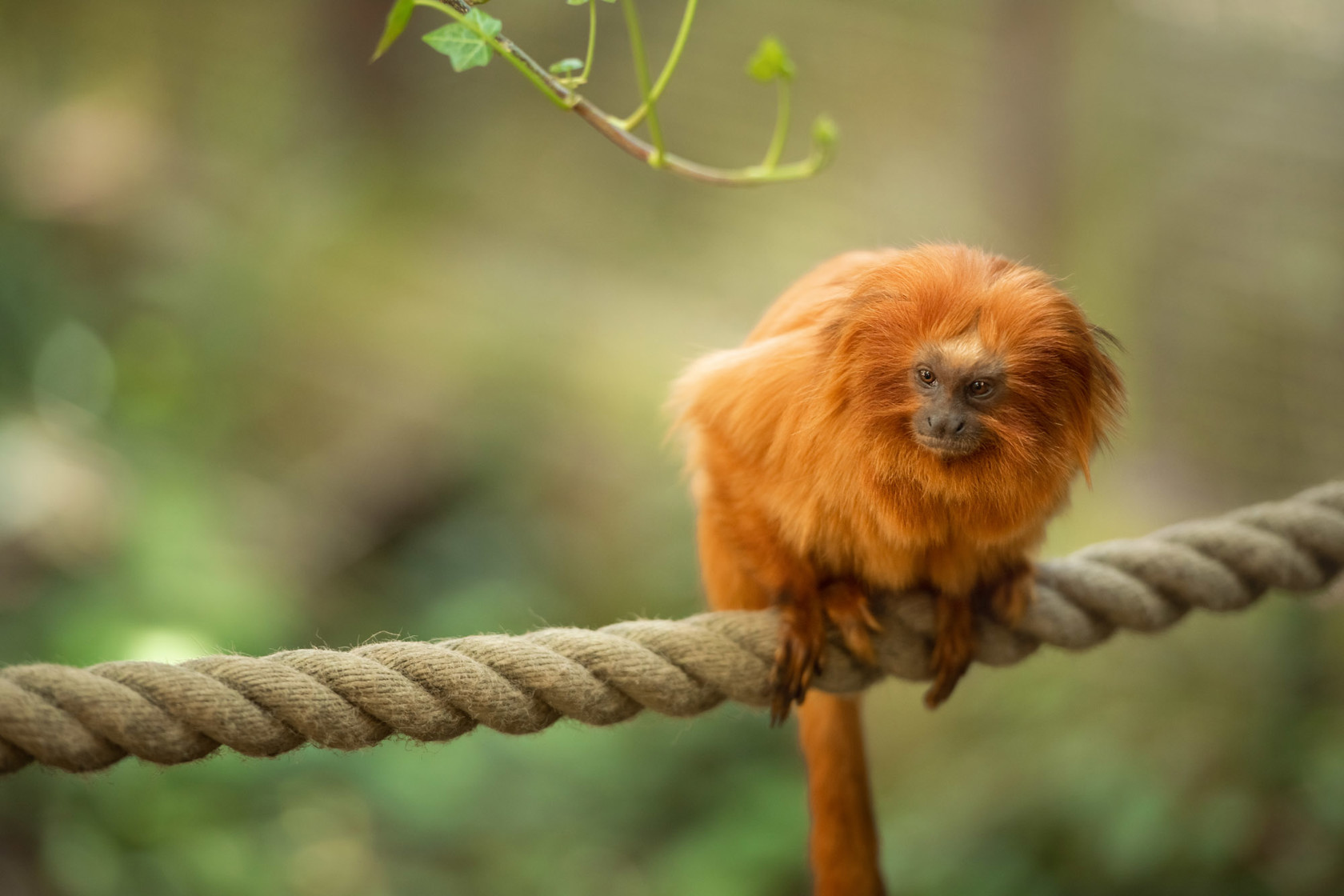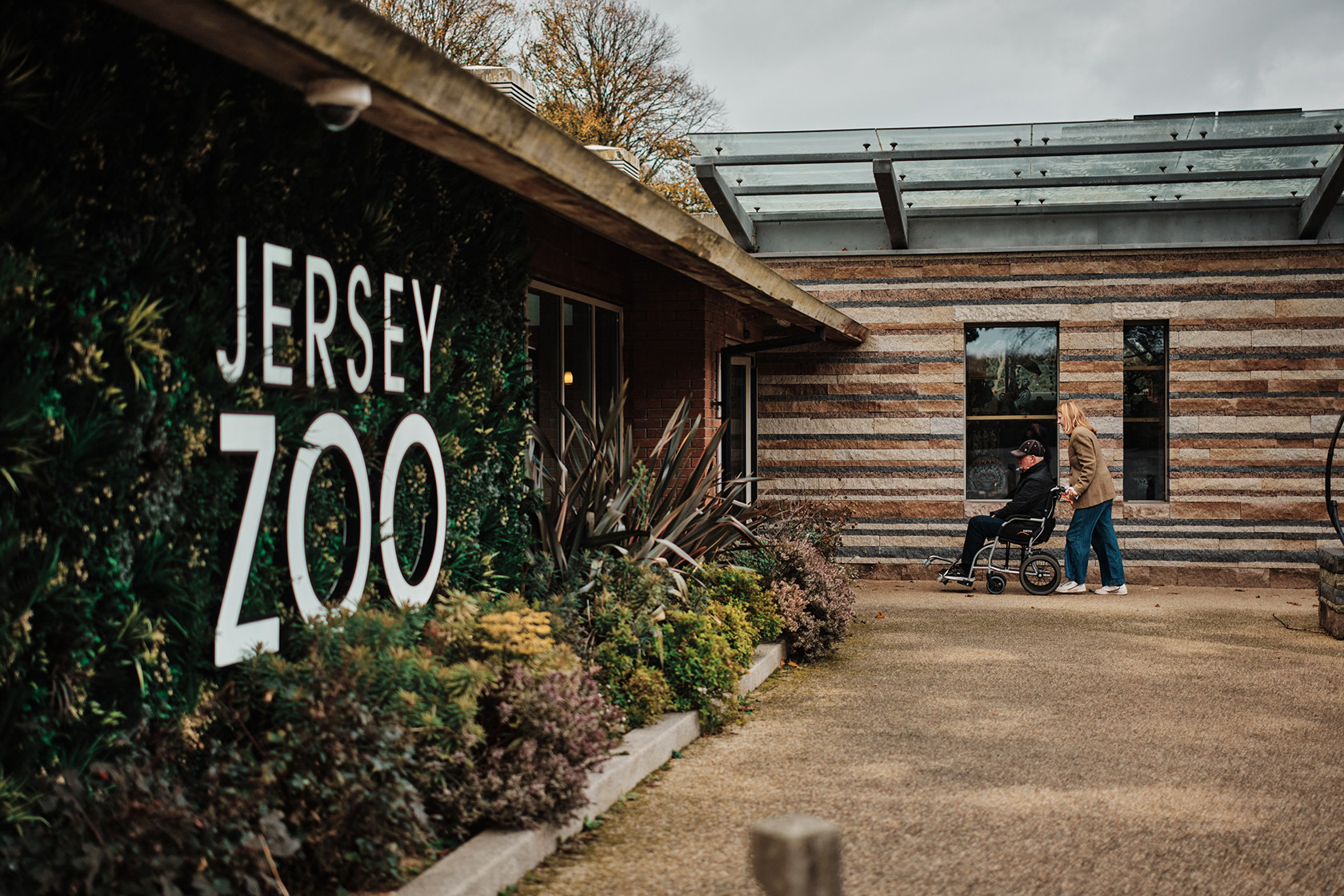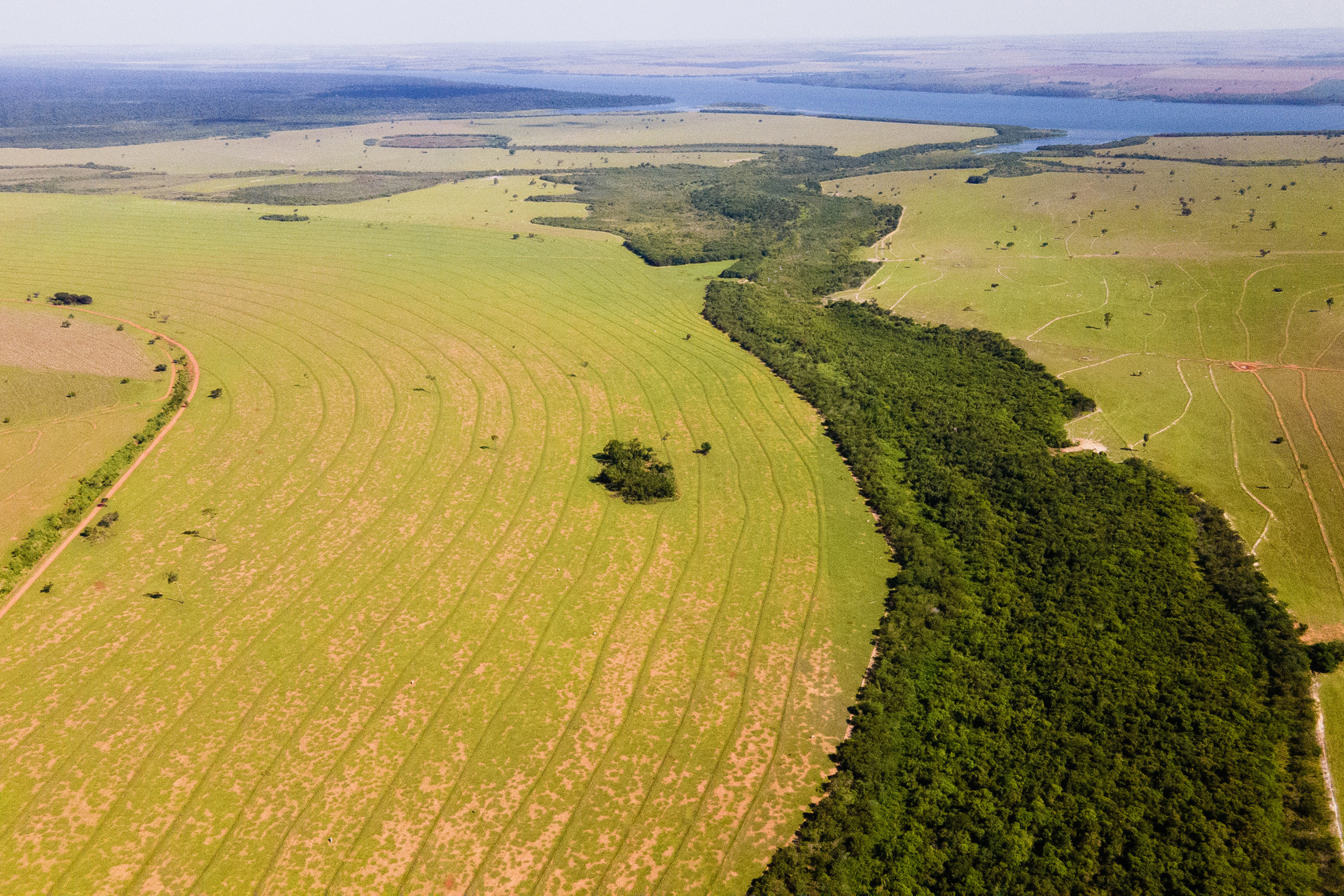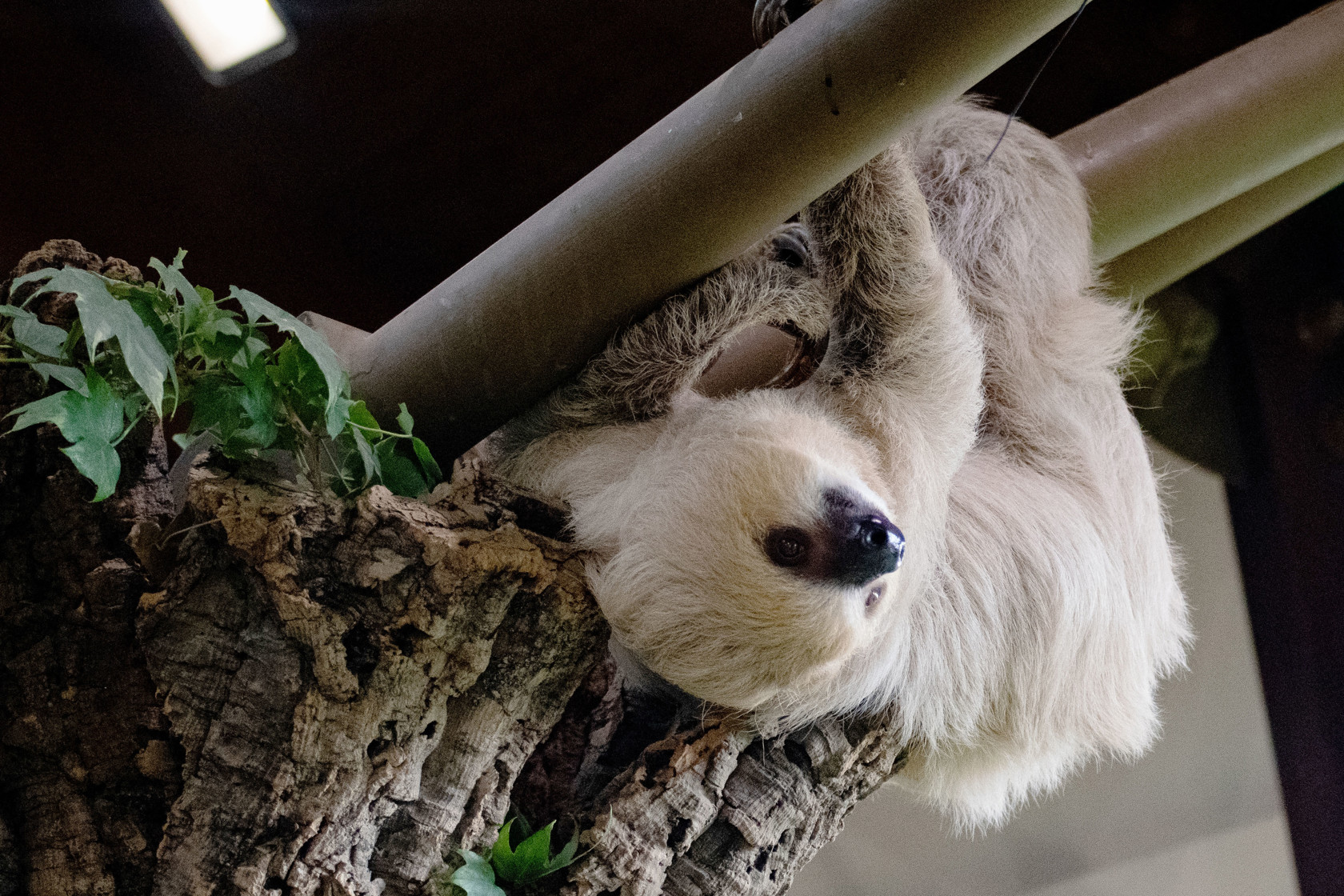Rere translocation
Wednesday 18 June 2025
We recently relocated 300 Critically Endangered Madagascar big-headed turtles from Lake Ambondrobe to Lake Maromahia to restore the population.
Called rere in Malagasy, the species is the only endemic freshwater turtle in Madagascar. Found in swamps and slow-moving rivers, they are threatened by the loss of marsh habitat, hunting for human consumption, getting caught as bycatch from illegal commercial fishing, and climate change affecting their breeding patterns.
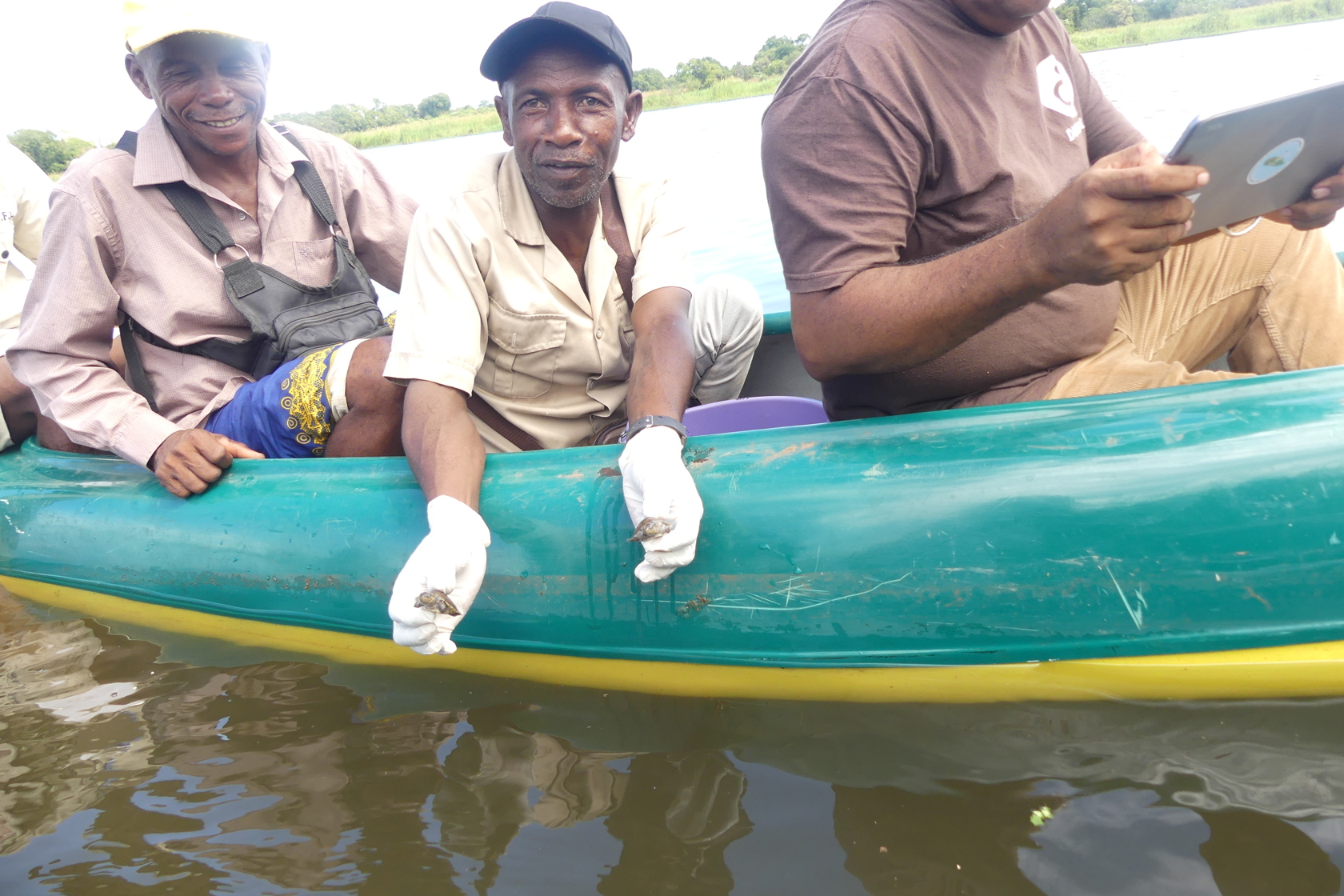
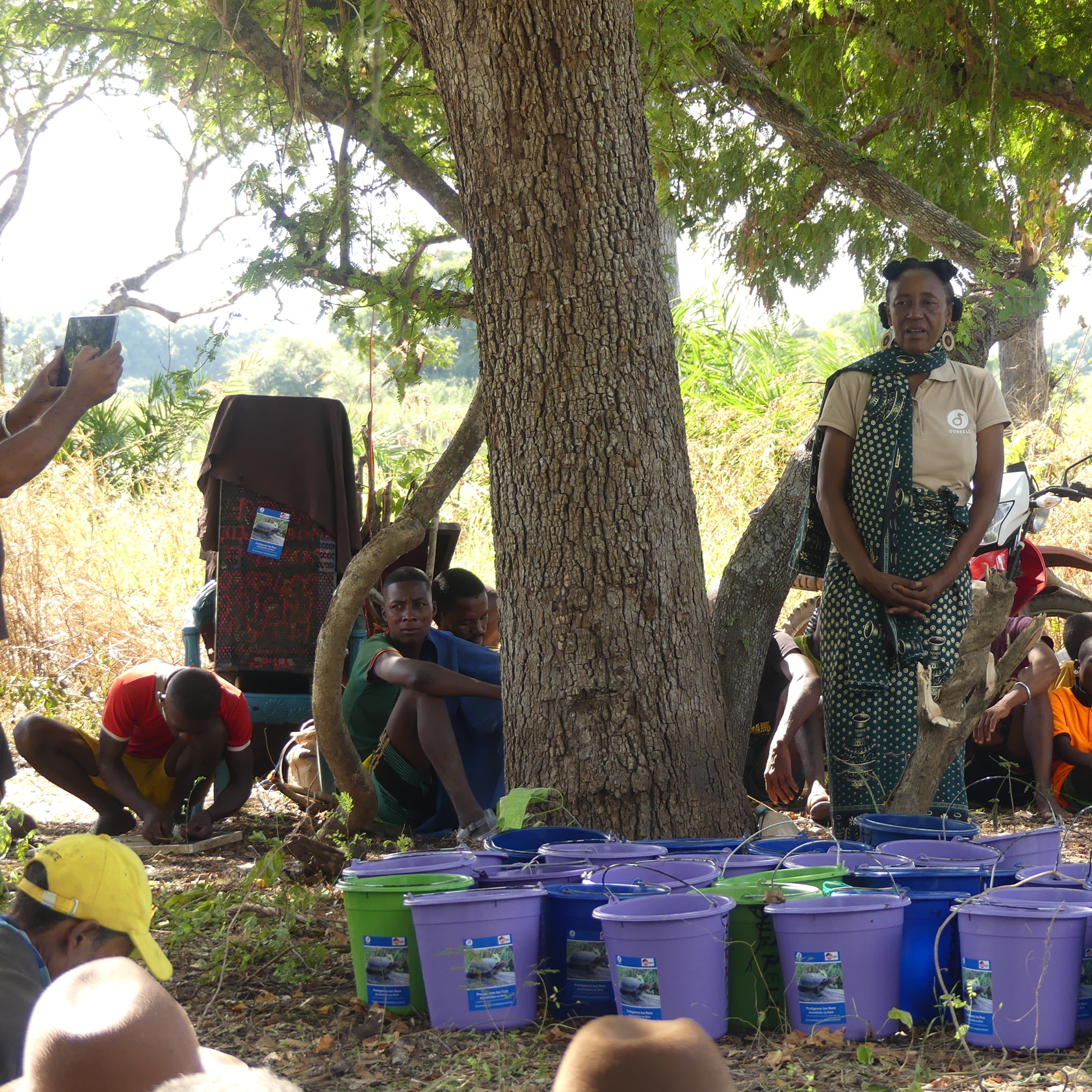
We collected 300 rere hatchlings, aged between 1 and 4 months, from Lake Ambondrobe and transported them to their new home at Lake Maromahia, approximately 10km away. Both lakes fall within the Ambondrobe protected area and are managed by local community associations.
Before being released into Lake Maromahia, we measured, weighed, and marked each hatchling to enable us to monitor them. Measuring between 33 and 57mm in length, they only weighed between 7 and 26g each! Future rere surveys will help to monitor the progress of the released population.
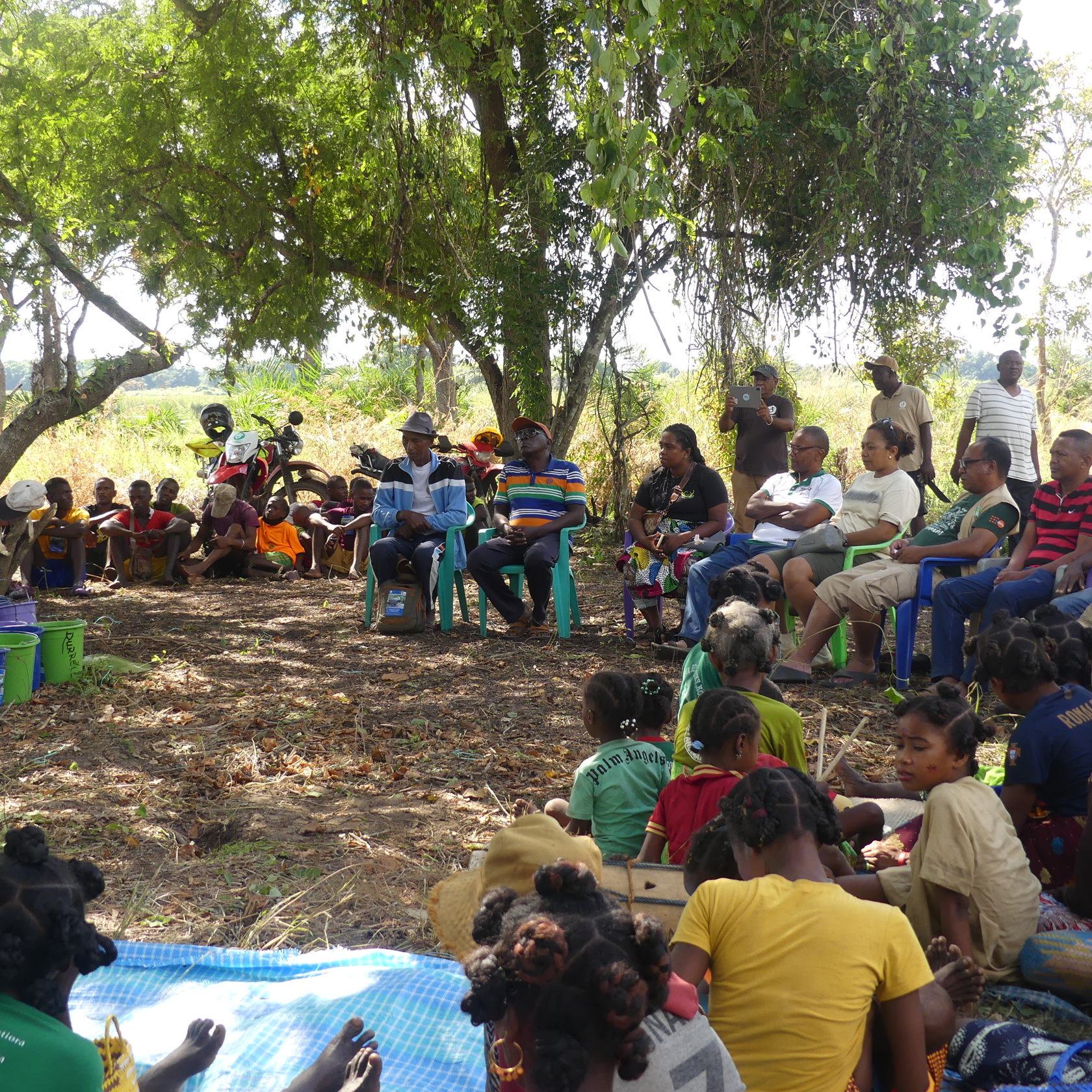
A loadrano ceremony was held to mark the release, with local community members, leaders, journalists, and local and regional authorities in attendance, requesting the blessing of ancestral spirits. Following traditional worship and a blessing led by the lake guardians, local communities and authorities delivered speeches explaining the importance of protecting the species and the necessity of moving reres to Lake Maromahia.
The reres were released into the 150ha lake at two locations, followed by a community meal to end the event and mark the union of the communities present.
Durrell has been working to protect this unique species and its habitat since 1998. With help from our funders, Whitley Fund for Nature and Turtle Conservation Fund, we are saving reres through captive breeding and reintroduction, community-led patrols and nest protection, working with local communities to promote alternative food sources, providing training in sustainable agriculture, and conducting monitoring of wild populations and translocations.

